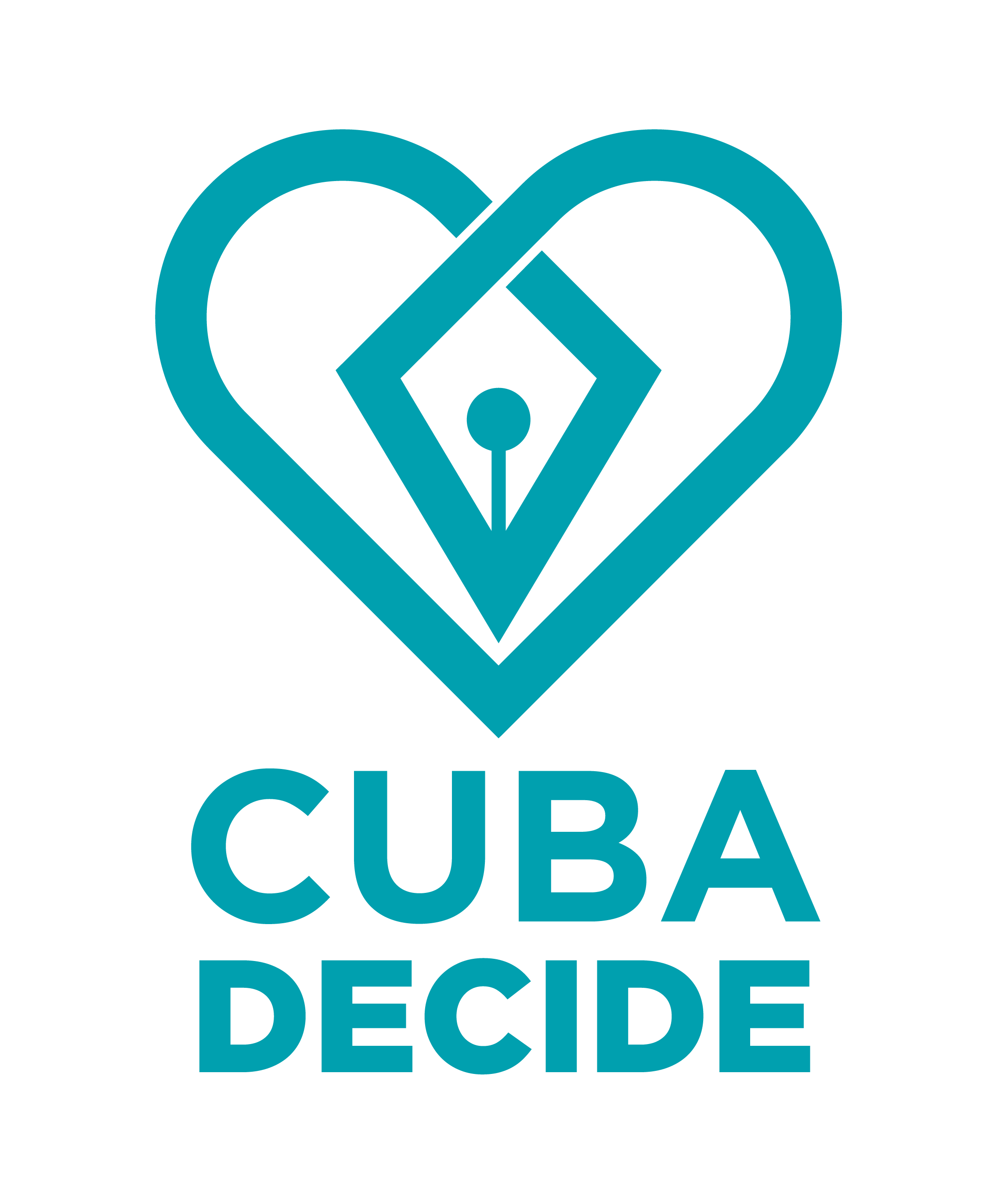This website uses cookies so that we can provide you with the best user experience possible. Cookie information is stored in your browser and performs functions such as recognising you when you return to our website and helping our team to understand which sections of the website you find most interesting and useful.
A hunger strike in Cuba reveals a deepening crisis
OAS Says Cuba Responsible for Health of Hunger Strikers
14 April, 2021Cuba se ilumina en protesta por el congreso del Partido Comunista
16 April, 2021The Editorial Board of The Washington Post, a major United States publication, released an article: “Opinion: A hunger strike in Cuba reveals a deepening crisis.” The article reveals the dire situation in Cuba, describing how “the island has seen months of protest,” signaling an increase in dissenting voices across the island. The article goes on to say that “Cuba’s current leaders should see Mr. Ferrer’s hunger strike not as a threat but as a symptom of a deeper crisis,” and acknowledges that “a centrally planned socialist economy and authoritarian, one-party state… will sink [the island] deeper into despair.”
Please see the article below…

This article was originally published on The Washington Post.
THE PANDEMIC year has been especially hard for Cuba. The import-dependent island was already hit by Trump administration sanctions and a loss of Venezuela’s oil when the coronavirus decimated tourism. The economy plunged 11 percent last year, and hardship and shortages are leading many Cubans to recall the “special period” of extreme deprivation after Soviet subsidies disappeared in the 1990s. Back then, Cubans learned to improvise with less — making a “steak” out of fried grapefruit rind, for example.
Now, the renewed economic vise is one factor generating a stream of protests against the government. José Daniel Ferrer, the most prominent opposition leader on the island, and head of the Patriotic Union of Cuba, known as UNPACU, had been attempting to distribute food and medicine to the needy out of his group’s headquarters and his home in Santiago de Cuba. Mr. Ferrer, who suffered through an arduous spell in Cuba’s prisons in 2019, was also among those jailed for dissent in the 2003 “Black Spring” arrests of the followers of Oswaldo Payá, champion of the Varela Project, a citizen initiative calling for a referendum on democracy in Cuba. Mr. Payá was killed in a suspicious car wreck in 2012, and Mr. Ferrer has joined with Mr. Payá’s daughter, Rosa María Payá, in the Cuba Decide movement seeking democratic change.
Mr. Ferrer had turned UNPACU’s headquarters into a food bank and medical clinic for about 200 residents, who were harassed and interrogated by state security as they used the facility. On March 20, Mr. Ferrer and about 60 UNPACU activists, and some others, went on a hunger strike, which is still ongoing by 39 of them on the island and five abroad, to protest the interference and, more generally, the six-decade-old dictatorship founded by Fidel Castro and still influenced by his brother Raúl. The security forces have cut off communications to the UNPACU office and surrounded it.
The island has seen months of protest. Last November, the government cracked down on the activities of an artists’ collective, the San Isidro Movement, whose members dared to speak out against the arrest of one of their own. Then in February, a protest anthem created by a collaboration between musicians on the island and in Miami went viral. “Patria y Vida,” or Homeland and Life, a play on Fidel Castro’s famous cry of “Patria o Muerte,” is fiercely critical of the regime. “No more lies, my people ask for freedom, no more doctrines” the lyrics declare, to a chorus of “it’s over.” The video has 4.2 million views on YouTube and was being distributed on flash drives on the island. It was met with a barrage of attacks by Cuban state media. It struck a chord.
Cuba’s current leaders should see Mr. Ferrer’s hunger strike not as a threat but as a symptom of a deeper crisis, both economic and political. They have never tolerated dissent, but are unable to extinguish it. If they stick with the old ways — a centrally planned socialist economy and authoritarian, one-party state — the island will sink deeper into despair.

